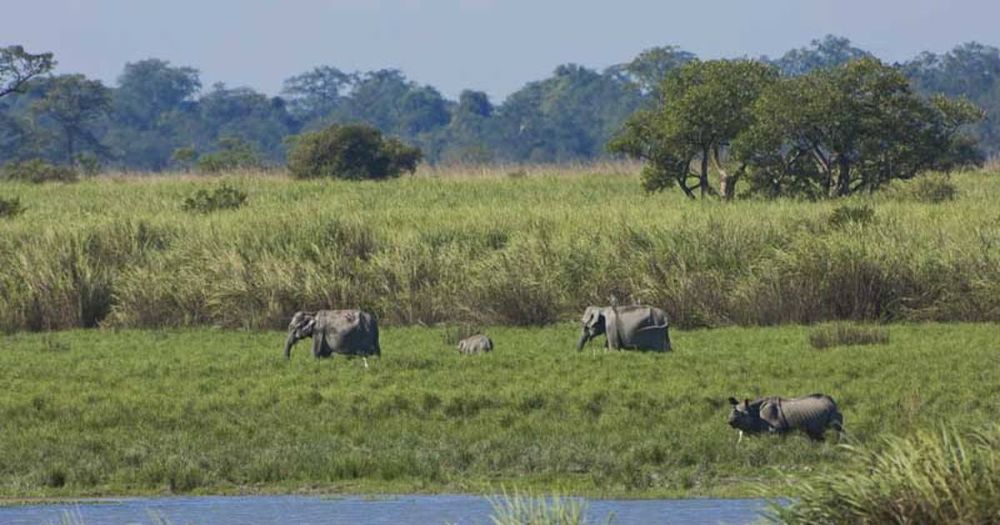

Nestled in the Northeastern part of India, the Panbari Reserve Forest is a lesser-known treasure adjacent to the famed Kaziranga National Park in Assam. While the history of tourism in Kaziranga dates back to the early 20th century when it was visited by British dignitaries, the focus often remained on the larger park, with Panbari gradually gaining attention much later.
The forest reserve has been a sanctuary for wildlife and a protector of biodiversity, but it was not until the latter part of the 20th century that it began to be recognized as a distinct destination for ecotourism. With the steady influx of visitors to Kaziranga National Park, famed for its One-Horned Rhinoceros, avid nature lovers and adventurers started exploring the adjoining areas including Panbari Forest.
Significant developments in tourism within the Panbari Reserve Forest can be credited to the rise in global environmental consciousness and the promotion of sustainable tourism practices. Efforts by the Assam government and various NGOs to conserve the delicate ecosystem of the Eastern Himalayas have brought Panbari to light as a biodiversity hotspot worth visiting.
Infrastructure improvements such as better roads leading to Kaziranga and subsequently to Panbari, the development of eco-friendly lodges and tours, as well as enhanced safari experiences, have contributed to the promotional thrust of tourism. It is positioned not just as a complement to Kaziranga, but as a serene and less-crowded alternative to experience the wilderness.
Of late, there has been a surge in community-based tourism, which involves locals in the hospitality sector, offering homestays and guided tours. This ensures that the benefits of tourism trickle down to the indigenous communities and also promotes cultural exchanges.
Wildlife photography, birdwatching, and trekking are emerging as popular activities in Panbari Reserve Forest. Eco-tourism continues to be the thrust area, with focus on minimizing the carbon footprint and ensuring that tourists partake in conservation efforts.
As part of the latest trends, emphasis has also been laid on developing digital outreach through websites and social media platforms, to showcase the natural beauty and wildlife potential of Panbari. Virtual tours, online bookings, and the use of technology in enhancing visitor experiences are becoming increasingly prevalent.
Despite Panbari's increasing popularity, challenges such as wildlife conservation, habitat encroachment, and finding the right balance between tourism and ecosystem protection remain paramount.
Moving forward, there is an urgent need to adopt responsible tourism practices, strengthen anti-poaching measures, and continue to promote awareness about the ecological significance of this unique forest reserve. Sustained efforts towards promoting Panbari as a destination that offers a genuine wilderness experience are essential for its future growth in tourism.